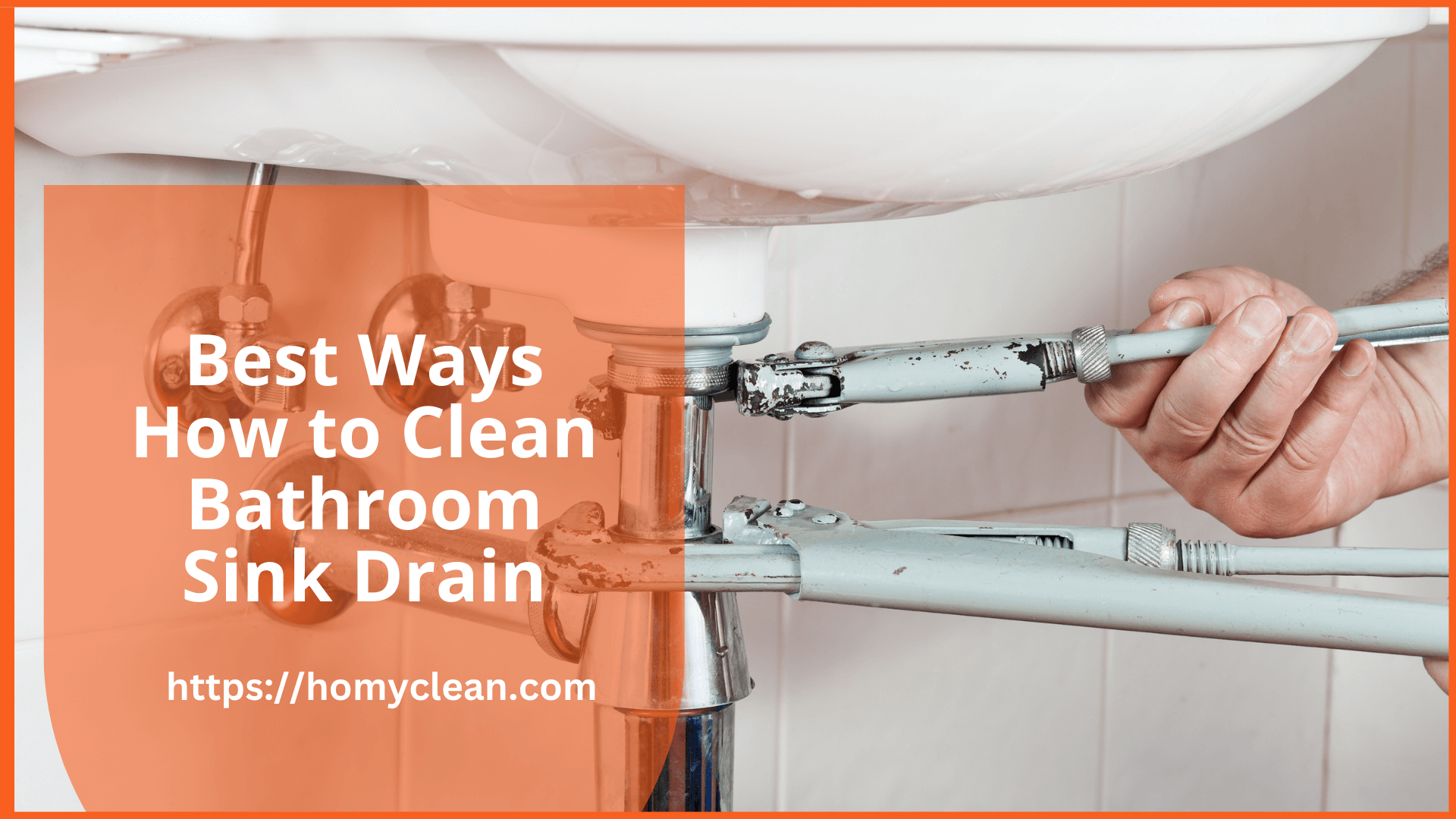Unlike traditional toilets with visible tanks, tankless toilets have a hidden water tank inside the wall, providing a clean and minimalist look. Cleaning and understanding how tankless toilets work are essential for their efficiency and longevity. This article will guide you on how to clean tankless toilets and explore how they operate.
Lifetime Steps How to Clean Tankless Toilets
Cleaning a tankless toilet is straightforward, similar to maintaining conventional toilets. Follow these steps to keep your tankless toilet clean:
Step 1: Gather Tankless Toilet Supplies
Gather the necessary cleaning supplies, including a toilet brush, a mild toilet bowl cleaner, disinfectant wipes or spray, a microfiber cloth, and rubber gloves.
Step 2: Turn Off the Water Supply
Before cleaning, locate the water shut-off valve behind or near the toilet and turn it off. This prevents water from flowing into the toilet while you clean, avoiding accidental flushes.
Step 3: Clean the Exterior
Spray the tankless toilet’s exterior surface with a disinfectant cleaner or wipes. Wipe down the toilet seat, lid, and all reachable parts of the toilet exterior. Avoid using abrasive cleaners or scrub brushes that may damage the toilet’s finish.
Step 4: Clean the Bowl
Apply a mild toilet bowl cleaner inside the bowl. Use a toilet brush to scrub the bowl thoroughly, paying attention to hard-to-reach areas like under the rim. Flush the toilet to rinse away the cleaner.
Step 5: Clean the Tankless Mechanism
Some tankless toilets have a flush plate or buttons mounted on the wall to activate the flush. Wipe these surfaces with a disinfectant cloth or spray to keep them clean.
Step 6: Clean the Hidden Tank
If your tankless toilet has an access panel or removable panel for the hidden tank, open it to access the interior. Wipe down the inside surfaces with a microfiber cloth and a mild cleaner. Be gentle, as tank materials can be sensitive to abrasive cleaning.
Step 7: Turn the Water Supply Back On
After completing the cleaning process and allowing any cleaning agents to dissipate, turn the water supply back on and check for leaks or issues.
Step 8: Regular Maintenance
To keep your tankless toilet in optimal condition, perform regular maintenance, such as checking for leaks, ensuring the flush mechanism functions correctly, and addressing any issues promptly.
How Tankless Toilets Work
Understanding how tankless toilets work is essential for troubleshooting and appreciating their advantages:
1. Water Supply and Hidden Tank
Tankless toilets connect to the water supply, filling the hidden tank inside the wall. This tank stores water for flushing, but its design is more compact and space-efficient than traditional toilets.
2. Flush Mechanism
Pressing the flush button or plate activates a flush valve inside the tank, releasing water into the bowl. The bowl’s shape and the force of the water create a siphonic action, removing waste and wastewater from the toilet.
3. Gravity or Pressure-aided
Tankless toilets can operate with either a gravity-fed system or a pressure-assisted system. Gravity-fed systems rely on the force of gravity to move water into the bowl, while pressure-assisted systems use additional pressure from the water supply to enhance the flush.
Benefits of Tankless Toilets
Tankless toilets offer several advantages, including:
- Space-saving design, ideal for smaller bathrooms or modern aesthetics.
- Easy cleaning because of fewer crevices and hiding spots for dirt and bacteria.
- Water efficiency, as they typically use less water per flush than traditional toilets.
Conclusion
With their sleek design and efficient flushing systems, tankless toilets are a great addition to modern bathrooms. Cleaning them is a simple process involving regular maintenance and standard cleaning supplies. Understanding how they work, including their water supply and hidden tank, allows users to troubleshoot potential issues. With proper care and maintenance, tankless toilets can offer long-lasting performance and a contemporary touch to your bathroom space.
Similar Topics:





